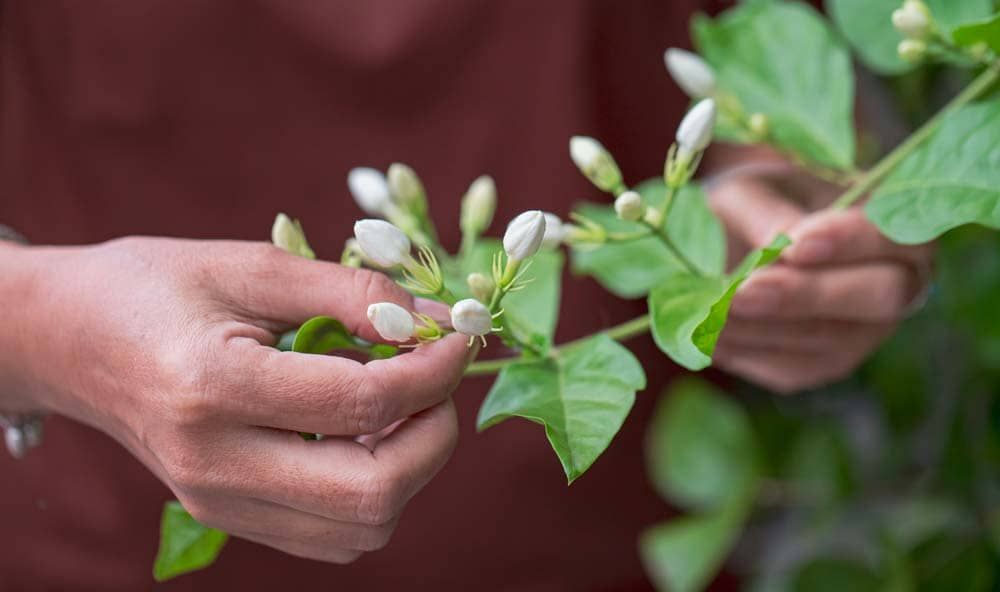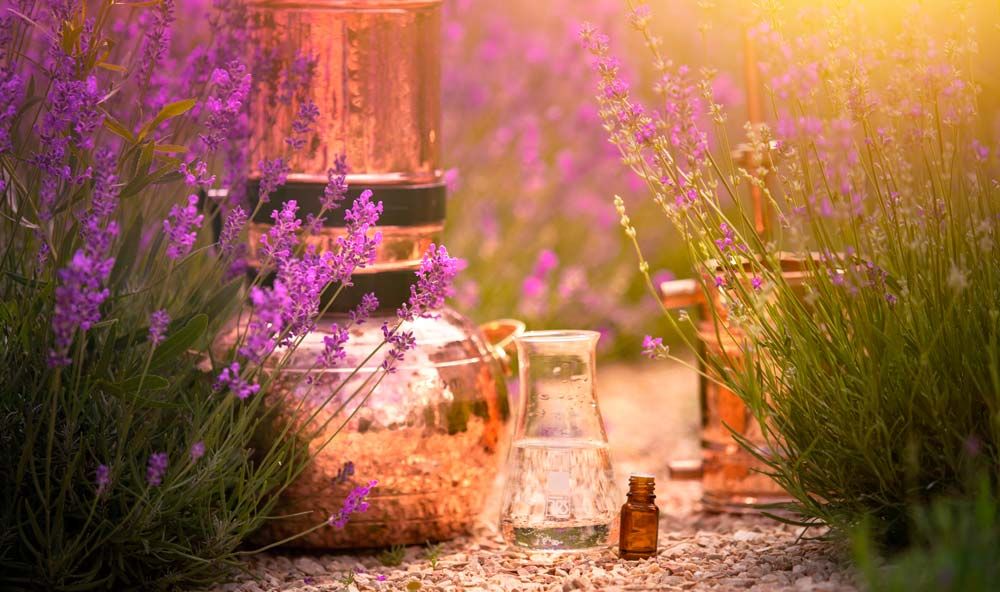
Key stages of raw material processing in perfumery and favors : Advanced expertise
In the realm of perfumery and food flavors, the quality of the end product hinges on a chain of
sophisticated processes, from the selection of raw materials to the final formulation.
These processes, which meld traditional craftsmanship with cutting-edge technology, call for exceptional expertise and rigor. In this article, we will immerse you into the world of raw material processing, a crucial step for delivering high-quality perfume or flavor.
Rigorous Selection of Raw Materials
Everything starts with the selection of raw materials. This meticulous process leans on the expertise of
noses and raw material buyers. These professionals traverse the globe to select the finest ingredients,
taking into account their olfactory properties, their origin, their sustainability, and their traceability.
Consider the example of Grasse jasmine, one of the most coveted ingredients in perfumery. Its harvest is
handpicked early in the morning, when the flowers are still drenched in their fragrance. One kilogram of
jasmine requires about 7 million flowers, making it a particularly precious raw material.
The Art of Extraction
The following step involves extracting the precious aromatic compounds from the raw materials. Several
methods can be employed, depending on the nature of the ingredient.
Steam distillation is most commonly used for plants with high oil content, such as lavender or eucalyptus.
It involves passing steam through the plant, which helps release the aromatic compounds.
For more delicate materials, like some flowers, enfleurage can be used. This method, although scarcely
used today due to its high cost, allows the extraction of essential oils by placing the flowers on fat plates.
The Science of Isolation
Once the essential oils are obtained, they are often isolated to extract the most interesting compounds.
This step is vital to obtain high-quality flavors and perfumes.
Isolation can be performed by fractional distillation, a technique that allows separating the different
components of an essential oil based on their boiling point. For example, bergamot oil can be fractionated to obtain linalool, a key component in the creation of floral perfumes.
Hemisynthesis and Molecular Distillation
Some raw materials can also undergo chemical modifications to enhance some of their properties. For
example, citral, a molecule present in lemongrass oil, can be transformed into ionone, a molecule that
evokes the scent of violet.
Furthermore, techniques like molecular distillation can be used to further purify molecules before their
use in a perfume or flavor.
The Precision of Formulation
Finally, these processed raw materials are assembled in a precise formulation to create the final product.
This stage requires particular expertise to balance the different notes and create a product that will be
pleasant and appealing to the consumer.
Conclusion
In conclusion, each stage of raw material processing in perfumery and flavors is crucial and requires high-level expertise. These processes, which combine tradition and innovation, are the guarantee of the quality and consistency of the final products.

